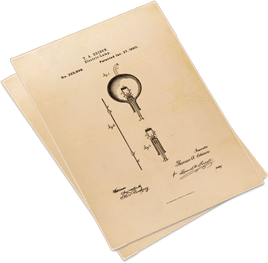Patent Fundamentals – The Patent Search
Arguably the most important preparatory step to filing a patent application is a “patent search.” Ideally, such a search should seek out all relevant publications, because a patent examiner can cite any public document against any claim of invention. Since a pervasive search can be extremely expensive to conduct, however, the more commonly conducted patent … Continued


